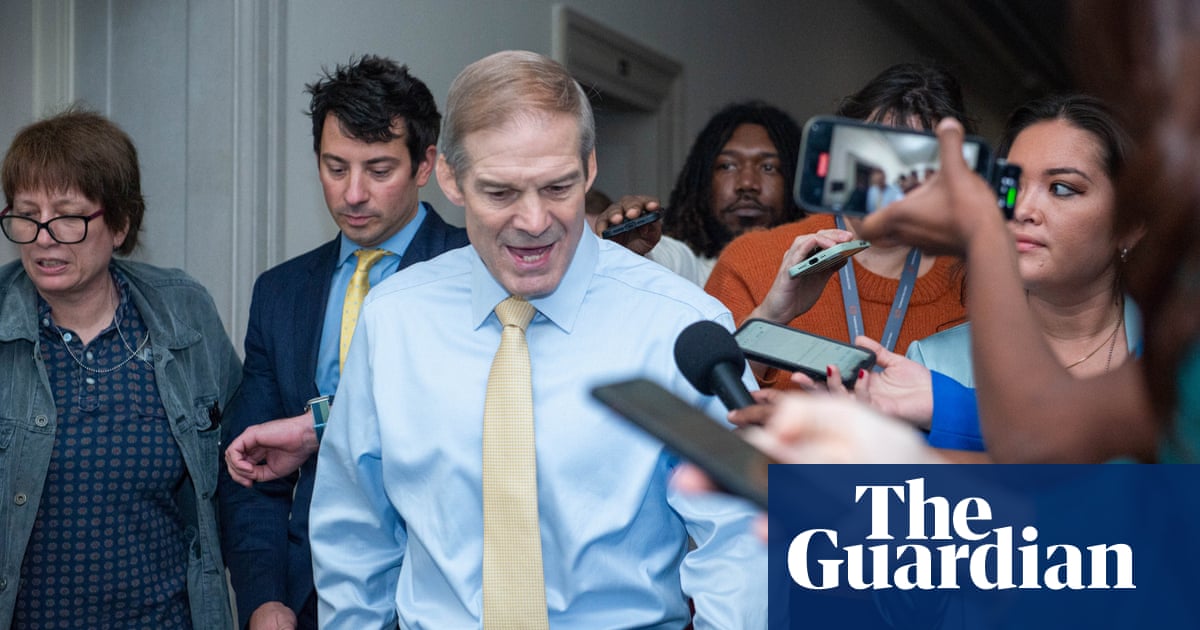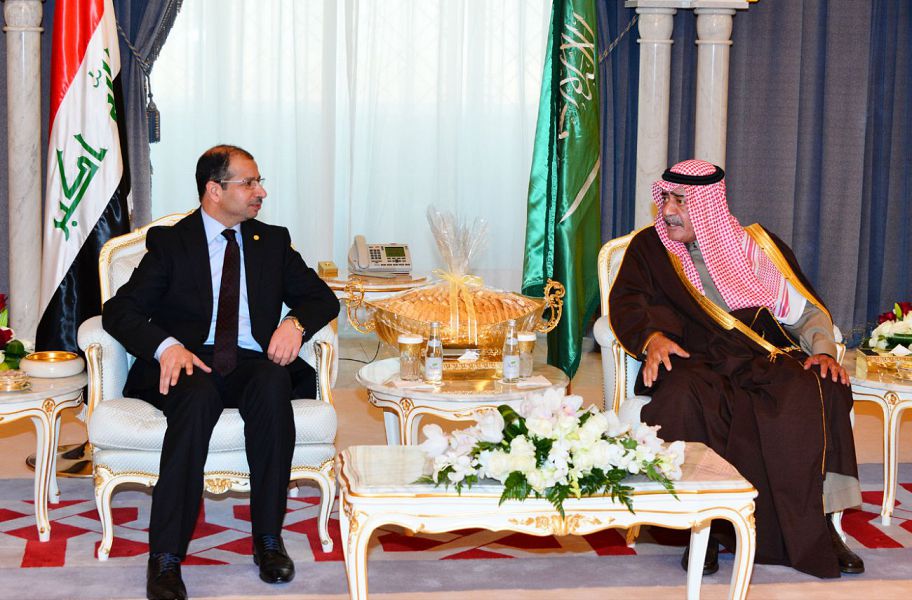
The march of luxury stepped up its pace last week when Bernard Arnault, co-founder, chairman and chief executive of LVMH –AKA “the wolf in cashmere” and the world’s wealthiest man – handed his daughter Delphine the keys to Christian Dior, the Parisian couture house that, in 1947, kickstarted the modern fashion industry with the New Look.
The symbolism of the move was hard to miss: for months, observers have speculated on succession plans within Europe’s most valuable company, a purveyor of fashion, champagne, jewellery and real estate that is at the heart of the global luxury ecosystem.
Many observers pointed to the fictional Roy family in Succession – based on the Murdoch clan. The Roys, they said, had nothing on the Arnaults. Four sons, one daughter, each with roles in the empire, vying for control. And now the eldest daughter, at 47, has been placed at the head of Dior, a brand that is symbolically, if not economically, significant.
The luggage and handbag specialist Louis Vuitton accounts for half the parent company’s profits, but Dior was the first house that Arnault, 73, bought in 1984 after a tip from a New York cab driver. It is therefore, in familial dynastic and emotional terms, at its centre.
The elevation of Delphine, a former student at the London School of Economics and the oldest of Arnault’s children, means that she is the only child to serve both on the board of directors and the executive committee of the parent company LVMH, as well as being charged with the supervision of all product-related activities.
It was Delphine who steered Dior during the creative frenzy of John Galliano, and who serves as envoy to designers on whose creative shoulders the empire depends.
For the next year – at least – that will include a Louis Vuitton product-and-marketing blitz centred on a collaboration with 93-year-old Yayoi Kusama, the Japanese artist known for polka dots, metallic orbs, pumpkins and “infinity mirror rooms” – all likely to pop up anywhere that LVMH’s customers do, which is to say within the Instagrammable districts, resorts, activities and art destinations that form the ecology of global ultra-wealth.
Under the leadership of Delphine, Arnault said, “the desirability of Louis Vuitton products advanced significantly, enabling the brand to regularly set new sales records. Her keen insights and incomparable experience will be decisive assets in driving the ongoing development of Christian Dior.”
Delphine’s promotion came less than a month after her younger brother Antoine was appointed chief executive of holding company Christian Dior SE, which controls LVMH, and vice-chairman of its board.
Some interpreted that as kicking off a succession battle within the $418bn (£340bn) hereditary-oriented company. Just as the Murdoch empire is often thought of as an expression of one man’s drive – and could fall apart without its earthly creator – so it is with Arnault, 18 years Rupert Murdoch’s junior and 10 times wealthier.
“Nothing at LVMH is ever done in a rush,” says Thomas Chauvet, a luxury analyst at Citi. “The demand drivers of this industry are global economic growth, wealth-effect, global travel and consumerism with high barriers to entry. Everything is thought through because there is a family ownership, and they probably went through a lot of candidates and decided she is the most competent to run the brand.”
But Arnaut recently wiggled LVMH’s corporate structure to extend his tenure until he reaches 80 or beyond. Last week, he also moved Pietro Beccari, who has led Christian Dior Couture since 2018 and boosted sales fourfold to €8.7bn, to replace Michael Burke, a 40-year veteran, as Louis Vuitton’s next chairman and chief executive.
With estimated sales of €21.8bn last year, Burke turned Louis Vuitton into an economic powerhouse – including a 2017 collaboration with Supreme that kicked off the luxury streetwear category. Louis Vuitton now accounts for more than half of LVMH’s profits.
Crucially, it is Beccari who is overseeing the seamless integration of Tiffany, the US jewellery business that Arnault bought two years ago for $16bn, which is run by the youngest of the clan, 29-year-old Alexandre Arnault.
The announcements came as China, whose avid luxury consumers account for one-third of global luxury sales, announced it is lifting zero-Covid travel restrictions. Retailers are hoping for the kind of spending that came when Covid restrictions were briefly lifted in 2020, and this comes just as US consumers, who have kept luxury spending going over the past three years, are starting to flag.
“We see no clouds on the LVMH horizon,” commented Luca Solca at the luxury goods analyst firm Bernstein, which estimates Chinese luxury spending could rise 35% this year.
But the appointment of Delphine may be significant in other respects. Women are increasingly rising to the top of creative roles in a field typically dominated by men. “Anecdotally, you hear that Dior is flying off the shelves – perhaps because female designers understand what women want to wear and what they’re going to buy,” says fashion journalist Amy Odell.
Dior is only one piece of a puzzle of how LVMH became the world’s biggest luxury-goods conglomerate, with 75 labels ranging from fashion and jewellery, to champagne, hotels and art foundations – and high-end dog food.
Part of LVMH’s success has been to spearhead the development of the luxury industry. Controlling distribution means controlling price, controlling the shopping experience and, often, the surrounding environment, whether that’s in Paris, London, Shanghai, New York, Singapore or Milan.
“The reality is that strategy revolves around Louis Vuitton delivering steady growth year-in and year-out,” Chauvet says. “They can do experimentation, in jewellery or watches or fragrance or collaborations, and some may become new product categories, but the permanent static dogma is no wholesale and no discounts”.
William Middleton, Paris-based fashion writer and author of a forthcoming biography of Karl Lagerfeld, Paradise Now, describes the extraordinary growth of the French fashion and luxury conglomerates over the past three decades. Back in the 90s, he says, the industry in New York or Milan was more sophisticated commercially. The formation of LVMH and Kering (PPR), and the importing of talents, such as Galliano or Alexander McQueen, or buying houses like Gucci, heralded an explosion of growth.
“In the 90s, Chanel had its offices at 31 Rue Cambon, a lovely little building where Karl worked on the top floor. Now, they’ve taken over the whole street and have maybe 1,200 people working there. Chloé had its offices above a shop on Rue Saint-Honoré. Now it has two or three buildings for the archives. Yves Saint Laurent had his two-storey headquarters at 5 Avenue Marceau; it’s now a 140,000 sq ft complex that was the monastery of the Abbaye de Penthemont.
“There’s a French word, démesurée, which means excessive or out of scale,” Middleton adds. As the luxury industry gears up for its autumn-winter ready-to-wear presentations, for the marketing extravaganzas in exotic locations, for the celebrities and handbags, démesurée is a word to keep in mind.
“The scale of these companies, of the business of fashion in Paris, is now just so enormous, and Bernard Arnault is a huge part of that.”
Billionaires and their succession battles
The Murdochs
It has long been assumed that Lachlan Murdoch would take control of Fox Corporation and News Corp on the death of his father, the 91-year-old Australian billionaire Rupert Murdoch. Now a new biography, The Successor: The High-Stakes Life of Lachlan Murdoch, by Paddy Manning, suggests that the media mogul’s oldest son could be ousted in a Succession-style family fallout with his siblings James and Elisabeth Murdoch and half-sister Prudence MacLeod.
Lachlan has led the family business with his father since 2014. In July 2020, Lachlan’s brother James resigned from the board of News Corp, blaming “disagreements over certain editorial content published by the company’s news outlets and certain other strategic decisions”.
The Redstones
Having been made president of National Amusements, the family’s private holding company, Shari Redstone seemed to be her father Sumner M Redstone’s obvious heir. But just as she appeared to be gaining influence in the company, which controlled Viacom and CBS (which later became ViacomCBS and is now known as Paramount Global), the media mogul, then in his 80s, publicly said she wasn’t qualified for the role.
In a case that was later settled, her brother Brent sued their father in 2006, trying to break up the company and claiming he had been overlooked for his sister. In 2015, she reportedly told her son in an email: “Your grandfather says I will be chair over his dead body.”
Amid further fallouts as he entered his final years, also involving other women in his life, father and daughter made peace, and she cared for him in his mansion until his death aged 97. She went on to lead the family empire.
The Rineharts
After her father Lang Hancock’s death in 1992, Gina Rinehart claims to have saved his mining company and built the value of a $5bn family trust. She said her father had warned her she would “rue the day” that her late mother’s shares in Hancock Prospecting were used for her children’s benefit – a prediction that she later found to be true. In 2015, her daughter Bianca was granted control of the trust following a bitter legal battle.
In 2019, the high court granted Rinehart the right for another dispute with her children – over allegations that she wrongfully transferred valuable mining assets away from one trust to another – to be heard privately.
Miranda Bryant











